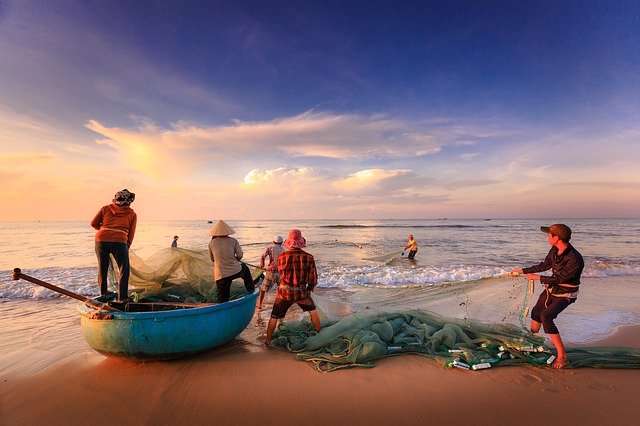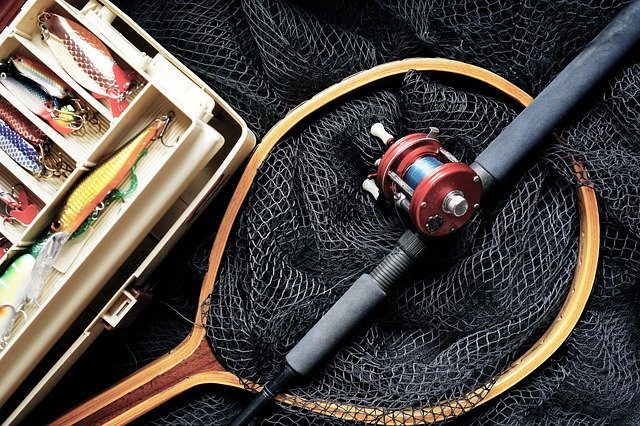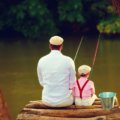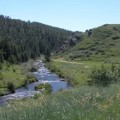
6 Fishing Tips That Will Help You Improve Your Skill
Fishing is a popular sport. It’s also one of the oldest sports, as fishing has been around since prehistoric times. In fact, it was the first time that humans used tools to hunt and gather food for survival. Fishing is an activity enjoyed by people all over the world because it can be done in so many different ways, from freshwater streams and rivers to saltwater bays and oceans, from lakes and ponds to ice-covered lakes or snow-covered mountainsides. The best part about fishing is that anyone can do it! All you need is a rod, reel, line, bait, and some patience, which we’re sure you’ll have plenty of as you enjoy your new hobby! The following are six fishing tips that will help you get started.
1. Purchase the Right Equipment & Tackle for Your Experience Level
To start fishing, all you need is a rod and reel, but if you want to get serious, there are lots of options available. A good rule of thumb is that the heavier your tackle, the larger your fish can be. It’s also important to take care of your equipment, especially since you will be moving around a lot when going on a fishing trip. It’s a good idea to buy rod sleeves to protect your fishing rods when travelling if you want to protect your equipment properly. For beginners, a good light spinning outfit is ideal. The minimum size for freshwater fishing is usually about 7 pounds test line and around an #8 hook. Before you can go out and buy all the equipment listed below to “match the hatch”, make sure that you carefully consider your experience level before purchasing any of these items.
2. Decide Where You Want to Fish
This may seem like an obvious step, but there are many different places to fish. For example, if you want to go freshwater fishing, do you want to go out on a big body of water where the competition is tough and the fish are large? If so, plan on using heavy tackle because many times these types of fishing spots will produce big fish. On the other hand, you can also go to a smaller lake or pond where the competition is less and there’s more chance of catching smaller fish. Because different fishes like to live in different habitats, you need to consider where you are fishing on what type of fish live there, and use the right equipment for the type of fish you want to catch. If you don’t know, it’s important to experiment with different types of equipment before making a purchase because you don’t want to be stuck with an item that doesn’t work well with your desired location or can make it hard for you to enjoy catching a certain type of fish.
3. Choose Your Bait
Baits are used to attract fish so you can have a higher chance of catching them. You can use almost anything as bait, even other fish. The thing is, different baits work for different kinds of water and in different seasons. For example, if it’s in the winter and you’re in a place where the pond freezes over, you’ll need to use something with a lot of scents, like corn or eggs. And don’t forget that just because there’s snow on the ground outside doesn’t mean that all the fish have left their hole! More likely than not they’re still there waiting for spring when they come out to play again. It’s important to remember this when trying to choose your bait so that you can find success when fishing. If it’s a worm you need, make sure your line and hooks are ready to go! Baits vary greatly in types and styles. Some examples of bait include nightcrawlers (a common earthworm for freshwater fishing), worms, crickets, grasshoppers, leeches, minnows, crawfish, frogs’ legs, or even chunks of fish cut from a larger one.
4. Attach Your Hook & Lure to Your Line
To attach your hook, simply run it through the head of your bait or lure and then pierce it with your hook. When you have done this correctly, the point should stick out the front side of the bait/lure. At this point, all that is left to do is attach your hook and line to the reel. There are a couple of different ways you can accomplish this. The easiest way is to wait until you’re actually fishing and then swing your rod back as if you were casting. Once it’s in the air, drop your line out about an arm’s length away, this should give enough play to let your hook and bait fall to the bottom where the fish are hungry and waiting for a meal like yours. When you have a bite, set the hook! The other way to attach your line is by using a lure retriever. This works in the opposite fashion. Swing it back in an arc and then let go of the button on top when it’s above your rod tip. As soon as it hits the water, reel away fast so that you don’t lose your lure!
5. Time Your Casting & Reel In
Once your hook and bait have been attached to your line, it’s time to cast it out from shore or from a boat. The distance your hook travels is determined by how fast you turn the crank of your fishing reel. Once you feel resistance or a bite, set the hook and try to “horse” the fish into your net or onto the shore. If you’re still having trouble after re-reading these tips, consider taking a short course on freshwater fishing to learn more about techniques.
6. Improve Your Skills Through Practice & Time
The key to becoming a good angler is practice. The more time you spend on the water fishing, the better your skills will become. Eventually, you will know which baits or lures work best for certain fish in different environments. For example, if you are fishing at your favorite pond, you will know that nightcrawlers are the best bait to use. You’ll also learn how far your hook and line need to go out into the water for fish to bite. Practice makes perfect!

Fishing is an art form of patience and skill, which can be hard to master. Fishing takes practice and persistence in order for you to get the hang of it. There are many different types of fish that inhabit our waters, so there’s no way one article could cover every possible scenario or bait type! Luckily, practice makes perfect and by repeating these steps, again and again, you will find yourself a better fisherman with every outing.











